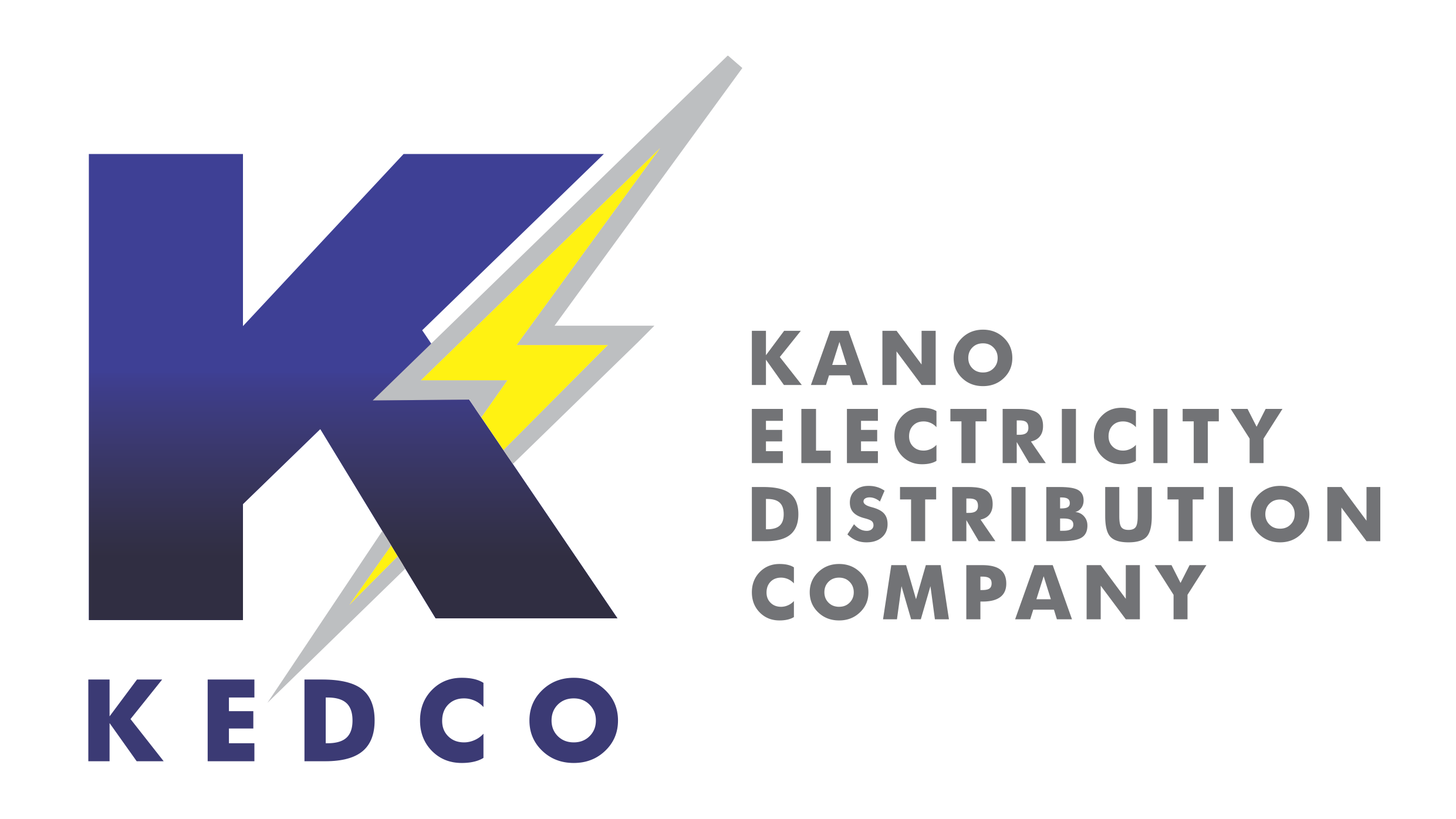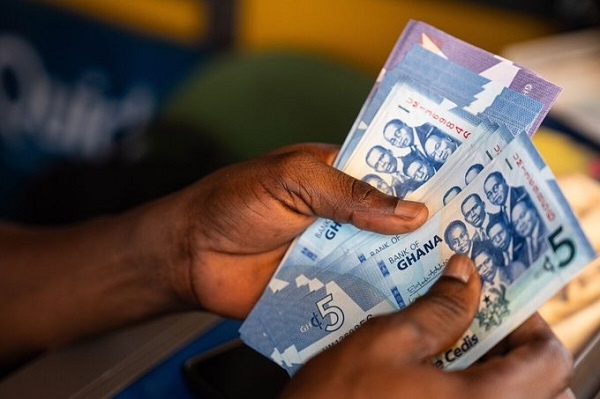India to remain a multi-powertrain market, hybrids to bridge gap: HSBC
Read by: 100 Industry Professionals
Read by 100 Industry Professionals

A recent analysis suggests India will likely remain a multi-powertrain country for an extended period, with hybrids, CNGs, and biofuels serving as practical solutions while the nation gradually transitions to electrification, says HSBC report.
The study highlights that strong hybrid electric vehicles (SHEVs) and battery electric vehicles (BEVs) are appealing to different customer segments and that incentives for SHEVs correlate with strong growth in BEV sales, indicating a complementary relationship.
The analysis reinforces the idea that India will continue to utilize multiple powertrain technologies for a considerable time. Hybrids, CNGs, and biofuels are seen as viable options in the medium to long term. This approach allows the country to move towards electrification at its own pace.
It is further supported by new EV model launches driving increased EV penetration, and the perception that SHEVs hinder EV adoption is misplaced, as SHEVs contribute to the broader development of the clean mobility ecosystem. Benefiting BEVs and advancing overall market growth, with hybrids potentially replacing diesel in the Indian market, mirroring trends observed in Europe.The research indicates that strong hybrid electric vehicles (SHEVs) and battery electric vehicles (BEVs) cater to distinct customer preferences. Instead of competing, they attract different buyers. The data suggests a synergistic relationship between the two technologies.
In states that offer incentives for SHEVs, BEV sales have also experienced significant growth. During FY25, EV sales growth mirrored SHEV sales growth, even with incentives specifically for SHEVs in Uttar Pradesh, India's largest passenger vehicle (PV) market. This trend implies that SHEV adoption positively influences BEV sales.
New model launches are contributing to increased EV penetration. Over the past six months, the introduction of new EV models has boosted their market share. 4W EV penetration has risen from 1.9per cent in H1FY25 to 2.5per cent in Q4FY25 and 3.2per cent in the Q1FY26 quarter-to-date period.
This growth is attributed to the launch of models like the MG Windsor and M&M BEVs. The MG Windsor addressed concerns about battery replacement costs by offering leasing solutions. M&M's BEVs tackled range anxiety with larger batteries and positioned EVs as a stylish choice.
These developments suggest that customers are willing to purchase EVs if they perceive a strong value proposition. Addressing concerns about cost, range, and style can significantly impact EV adoption rates.
The analysis challenges the notion that promoting SHEVs will impede EV adoption. The report argues that this is not a zero-sum game. Instead, incentivizing SHEVs creates an incremental opportunity.
This approach contributes to the broader development of the clean mobility ecosystem. Ultimately, both BEVs and SHEVs benefit from this growth, advancing the overall market.
The Grand Vitara and HyRyder hybrids are thought to directly compete with the 1.5L Diesel engine category. These include models like the Creta and Seltos. Hybrids offer competitive price ranges with better running costs per kilometer.
In FY24, the powertrain mix in India was dominated by Petrol (65per cent ) and Diesel (18per cent ). The report suggests that hybrids in India could follow a similar trajectory to Europe. Hybrids could take up Diesel share and reach 18per cent -20per cent .
The total cost of ownership (TCO) is a key factor for customers when choosing between powertrains. A TCO analysis of the Maruti Grand Vitara, assuming 80per cent vehicle financing, reveals interesting insights.
As diesel vehicle upfront costs rise further due to BS VI Phase 3 and CAFÉ 3 regulations, the share of hybrids may increase. This could lead to hybrids effectively replacing diesel vehicles.
The TCO of hybrids is already favorable compared to diesel vehicles like the Creta, which is similarly priced. CNG TCO is the lowest, but this is due to the fact that the CNG variant is manual transmission.
Some states, such as Uttar Pradesh, have already provided a 100per cent waiver on road tax for strong hybrid vehicles. This makes the TCO proposition very favorable for strong hybrids.
The hybrid sales mix in the EU (strong plus mild hybrid) has increased more than six times from 2019 to 1Q25. Together, BEV, PHEV, and hybrid sales mix is now at approximately 58per cent , up from approximately 9per cent in 2019. Diesel share has continued to decline in Europe.
As CAFÉ and BS norms continue to become more stringent in India over the next five years, diesel may face challenges. Hybrid provides similar torque to diesel and represents a good alternative for diesel customers.
- Published On May 22, 2025 at 08:42 AM IST












